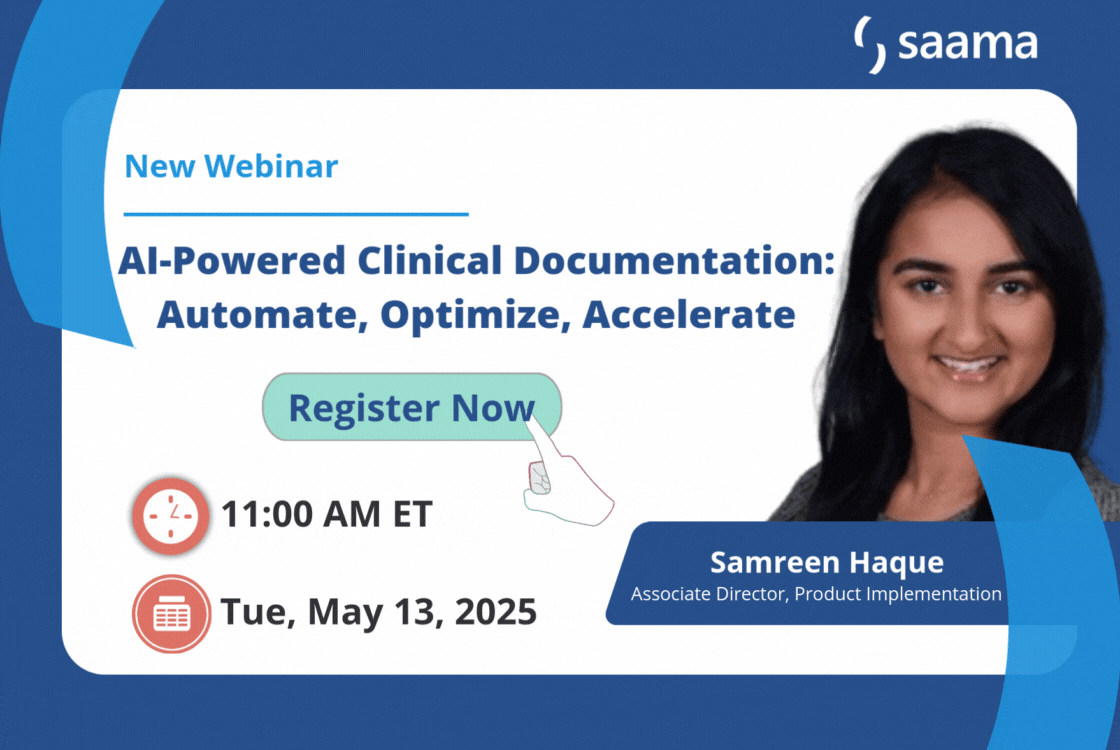With a new drug taking 12 years and $2.6 billion, on average, to reach the market, clinical development stakeholders are actively looking for cost-effective ways to speed up the entire process. Generative AI has the potential to fast-track the clinical development process, from molecule discovery to reaching database lock from clinical trials faster; all without sacrificing the quality of processes and results.
So what opportunities and practical use cases can we apply generative AI to within drug research and development? We set out to examine how to use generative AI effectively across drug and molecular research and discovery below.
What are Generative AI’s Use Cases Within Drug Research and Discovery?
Generative AI offers a variety of use cases for every phase of clinical research and development. By leveraging the power of its algorithms combined with its ability to learn unsupervised, generative AI can accelerate and enhance the entire clinical development value chain. Let’s take a closer look at how generative AI can add value to each phase of clinical development.
Generative AI in initial research
Research is imperative for guiding best practices when designing and executing studies, in both the discovery and development phases. However, spending hours pouring over the literature of past studies, research, and findings can slow down the process.
Generative AI can perform pre-trial research quickly by analyzing vast datasets from a variety of relevant literature. It can then condense and present these findings as summaries for quick review and analysis to guide the next best steps.
Generative AI in drug discovery
Traditionally, the drug discovery process consists of manual trial-and-error experiments before finally identifying potential drug candidates. Generative AI can fast-track this process by augmenting these traditional methods with machine learning and predictive analytics.
Machine learning algorithms like generative adversarial networks (GANs), recurrent neural networks (RNNs), and graph neural networks (GANs) are revolutionizing the speed and ability to identify potential drug candidates and can even facilitate new drug designs.
Essentially, these platforms power the design of novel molecular structures based on specific inputted criteria. They can also optimize drug designs by generating variations and modifications of existing compounds to identify optimal designs for improved safety and efficacy. Lastly, generative AI can be used to design entirely new molecules from scratch that target particular diseases, also known as de novo drug design.
Conclusion
Generative AI within drug discovery and development holds great potential to augment and fast-track molecular identification and design for research. However, it’s vital to always have a human present to vet and assess the validity and potential of these designs for the sake of safety, accuracy and applicability to further clinical development and research.
We’ll be discussing generative AI within clinical trial planning and management in the next post.

